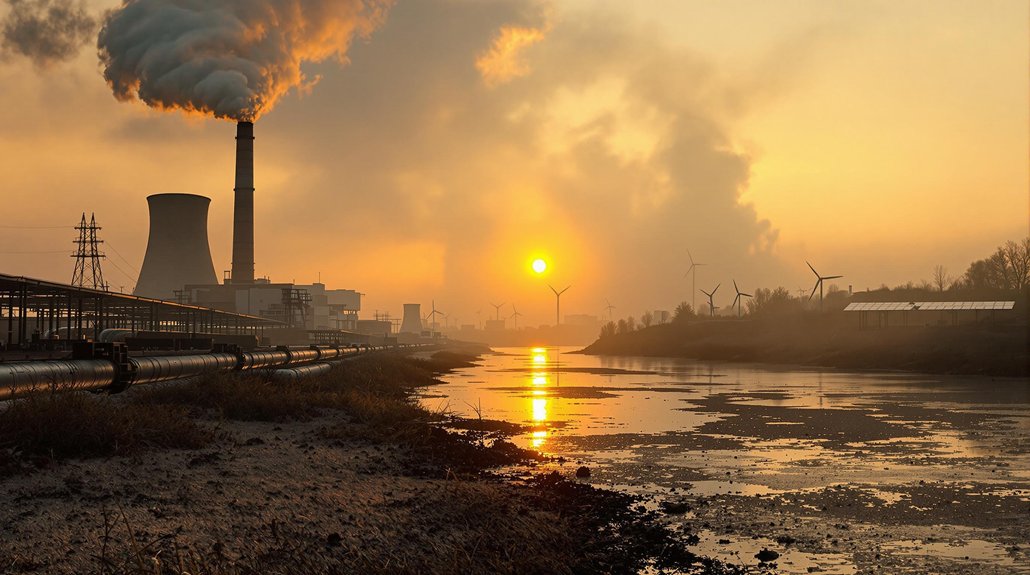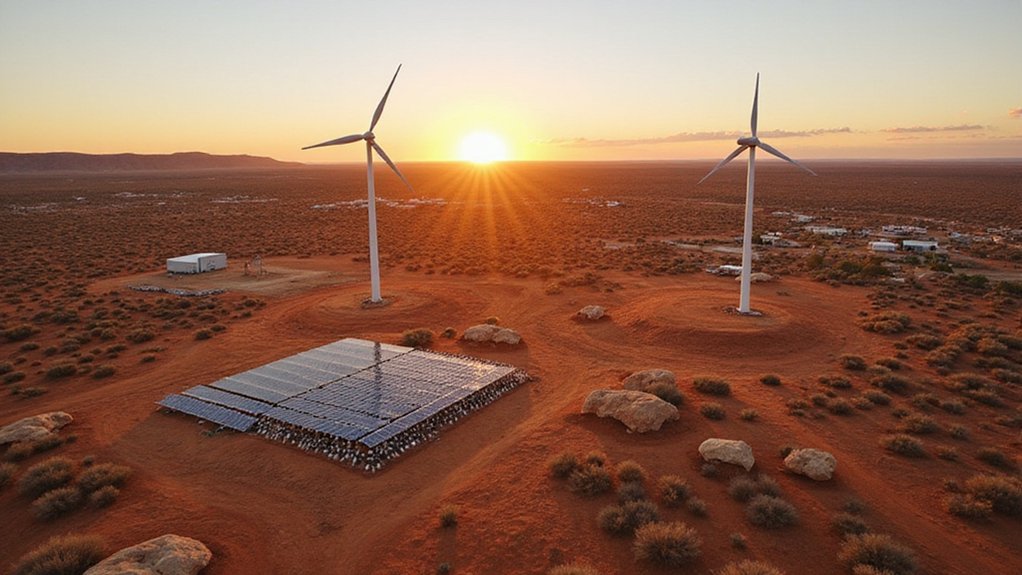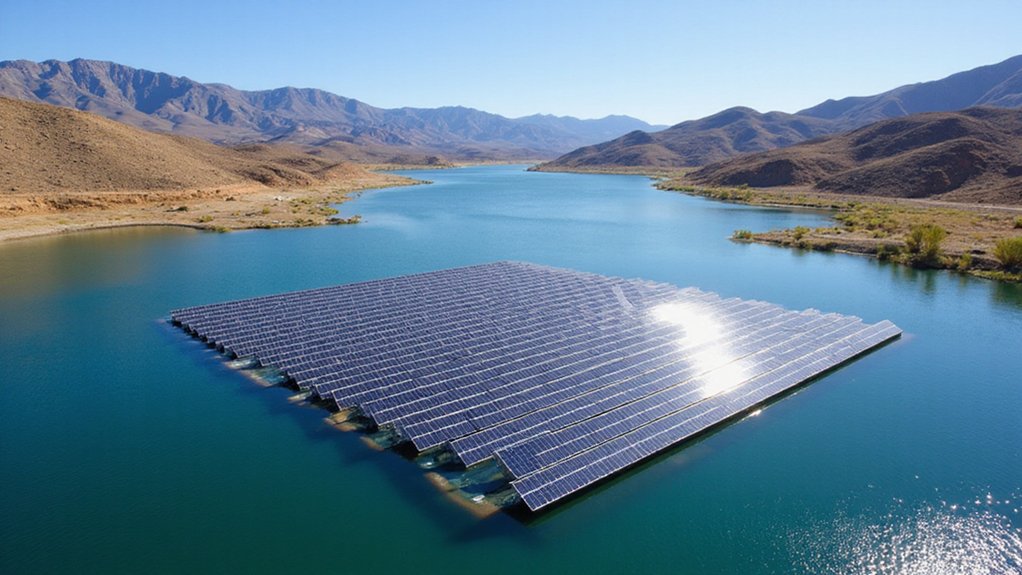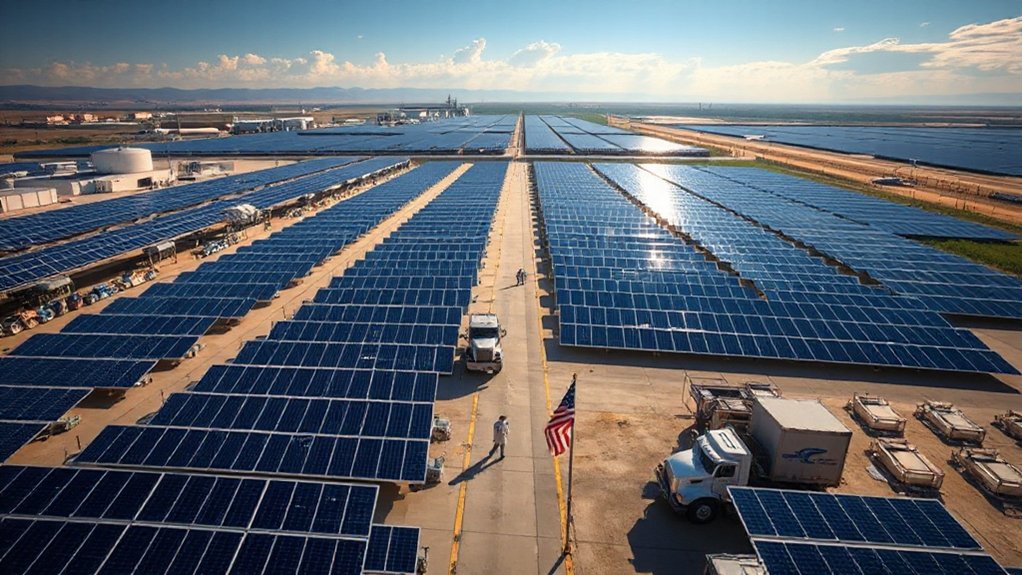A new Willis study shows the natural resources industry faces a critical turning point in clean energy adoption. While 63% of companies see the shift as a growth opportunity, implementation varies widely by sector. Renewables lead with 71% adoption, but oil and gas firms lag at only 36%. Major challenges include supply chain disruptions, geopolitical tensions, and mining impacts. The industry’s cautious outlook suggests companies must navigate significant hurdles ahead.
Three key trends are reshaping the relationship between natural resources and clean energy. Companies are ramping up their investments, with an average 34% increase in clean energy spending expected next financial year. This growth reflects the industry’s recognition that $4 trillion in annual clean energy investment is needed until 2050 to reach net zero emissions.
The Willis study shows all surveyed companies now have clean energy strategies in place, with 63% viewing the shift as a growth opportunity. Investment is rising from $185 million in 2024-25 to an average of $249 million in coming years. However, implementation varies by sector – 71% of renewables companies are implementing clean strategies compared to just 36% of oil and gas firms.
The clean energy shift is embraced unevenly, with renewables companies leading implementation while oil and gas firms lag significantly behind.
Technology priorities are shifting across different time horizons. In the near term, 51% of companies rate solar as their top priority. Looking further ahead, 61% prioritize battery storage and carbon capture for long-term solutions. Geothermal energy and hydrogen have emerged as high priorities over a 10-year horizon. The industry’s focus aligns with global trends, as solar PV capacity is expected to dominate the renewable energy landscape by 2027.
The clean energy transition faces significant challenges. Supply chain disruption is cited by 79% of companies as a major risk, while 78% worry about geopolitical issues impacting their strategy. Transformer shortages are delaying projects, and tariffs on components are increasing installation costs. Many organizations are struggling with insurance coverage limitations for their clean energy projects. Local opposition continues to create barriers, with 15% of U.S. counties establishing clean energy bans.
The environmental impact of clean energy isn’t negligible. Mining for materials damages ecosystems and raises concerns about water contamination. More than 80% of mining areas now target clean energy materials, though clean tech still produces lower emissions than fossil fuel alternatives.
Industry outlook remains cautious. Executives project peak oil demand by 2038, but only 32% foresee reaching net-zero by 2050 – down from previous surveys. The timeline for achieving net zero continues to shift further into the future as tighter budgets force tough investment decisions across the natural resources sector.









